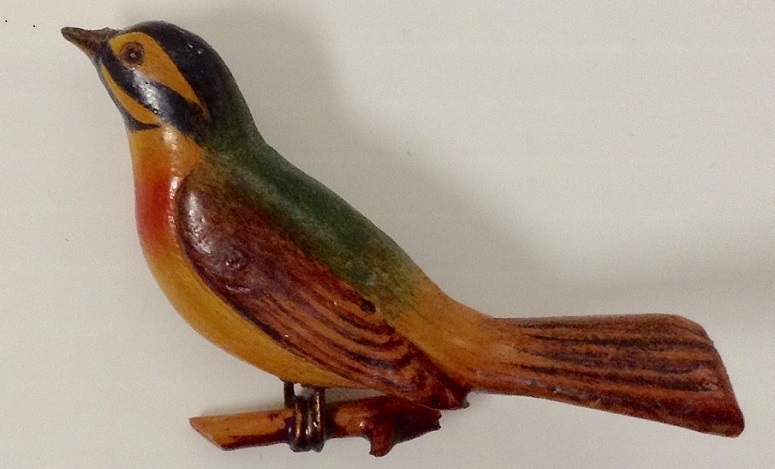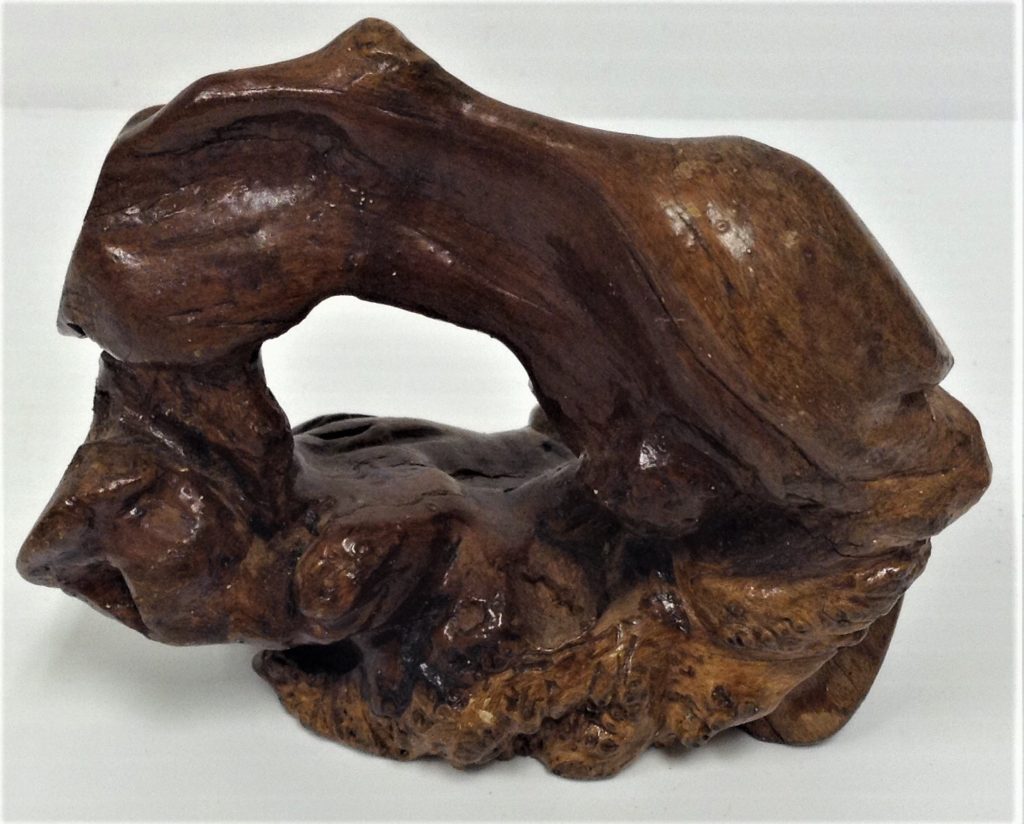Leah F. Tookey, Curator of History at the New Mexico Farm and Ranch Heritage Museum, joins us for our May lecture.
At the turn of the 20th century, most of the arid land east of Las Cruces, New Mexico was ranch land. Cattle, sheep, and goat ranches filled the Tularosa Basin, the Oscuro Range, and the surrounding countryside. Most of these ranches were small privately owned pieces of land supplemented by large parcels of federal and state property which ranchers leased for grazing purposes. These self-sufficient ranchers had maintained their homes for up to fi[y years, but events taking place halfway around the world would change their lives.
This is the story of the ranchers who were forced off their beloved land and the military and defense industry that would turn it into a military complex.
Leah F. Tookey is the Curator of History at the New Mexico Farm and Ranch Heritage Museum in Las Cruces, New Mexico. She earned a Master’s degree in Agricultural History and Rural Studies from Iowa State University. Her job at the New Mexico Farm and Ranch Heritage Museum involves research and writing for exhibits, maintaining the Museum’s library and archives, and too many other jobs to mention. Last year Tookey curated an exhibit called Home on the Range: From Ranches to Rockets, which she will discuss in this lecture.
Friends of History is a volunteer support group for the New Mexico History Museum in Santa Fe, New Mexico. Its mission is to raise funds and public awareness for the Museum’s exhibitions and programs. Friends of History fulfills its mission by offering high quality public history programs, including the First Wednesday Lecture Series. For more information, or to join the Friends of History, go to friendsofhistorynm.org


